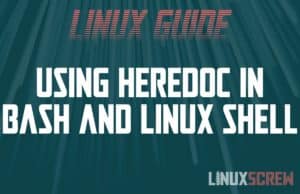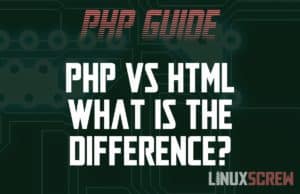Home » Search results for 'mysql'
The JavaScript Frameworks We’re Using for 2022
When building a JavaScript application, you don’t need to write everything from scratch. Instead, javaScript frameworks provide the base to build your app. Here are the ones we’re using in 2021 and into 2022. Node.js https://nodejs.org/en/ JavaScript originated as a scripting language for use on web pages – to be executed within a web browser. Node.js breaks JavaScript out of the browser and allows it to run stand-alone. It’s not technically a framework, but you’ll need to know what it is as some frameworks will run … Read more




![Delete Files Older Than X Days/Hours in Bash [Examples] 4 Bash Deleting Files Older Than X](https://www.linuxscrew.com/wp-content/uploads/2021/05/bash-delete-files-older-than-feature-300x194.jpg)


![How To Fix Broken Packages in Ubuntu [Tutorial] 7 How To Fix Broken Packages in Ubuntu](https://www.linuxscrew.com/wp-content/uploads/2021/02/How-To-Fix-Broken-Packages-in-Ubuntu-300x194.png)


